Looking back in Diagnosing diseases, Current POCT. Looking into the future.
Today epidemics of infectious diseases occur more often and spread both faster and further due to globalization and changes in our lifestyles. One way to meet these biological threats is so-called “Frugal Innovations”, which focus on the development of affordable, rapid, and easy-to-use diagnostics with widespread use. In this context, point-of-care-tests (POCTs), performed at the patient’s bedside, reduce extensive waiting times and unnecessary treatments, and enable effective containment measures. Progress in POCT technology and insights on how to use them allows the handling of more patients most effectively in a shorter time frame and consequently improves clinical outcomes at a lower cost.
Looking back on the Conventional diagnostic testing
Traditional clinical testing is known as the most commonly applied method in clinics and hospitals all across the world. It is believed that there is no laboratory that has not been encountered in one form or another. Traditional testing provided highly reproducible, quantitative data that makes it an advantageous biotechnological tool in scientific research and clinical diagnosis.
Nonetheless, Old testing procedures suffered from certain drawbacks. Different attempts were made for the development of the modified platforms to improve this technique and overcome its shortages.
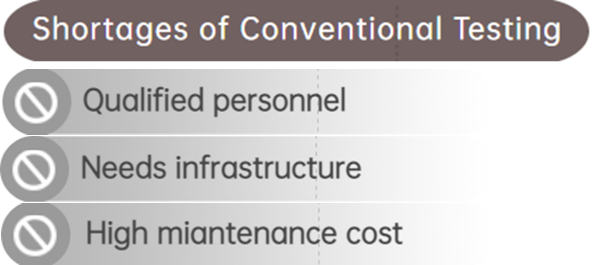
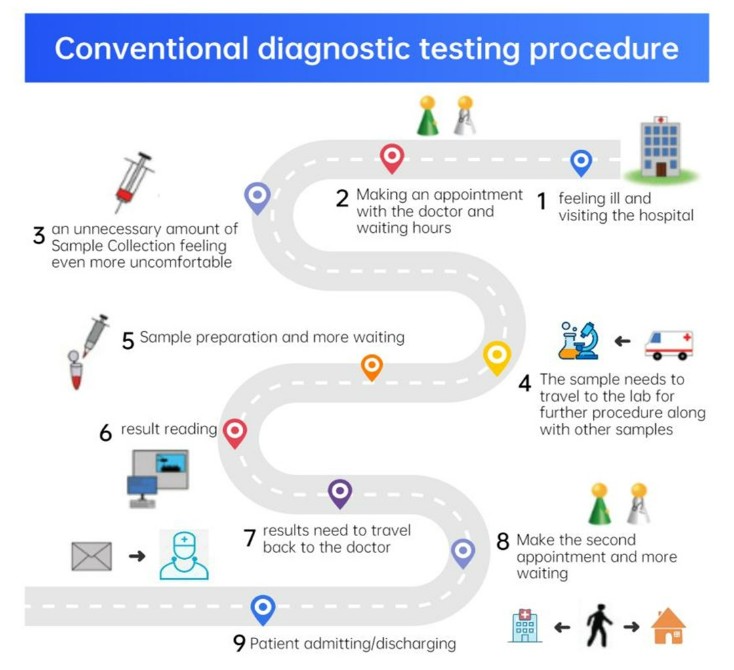
POCT and current situation
Time-consuming procedures such as transportation, processing, and aliquoting processes are reduced or even eliminated by bringing every step (sample acquisition, preparation, analysis) directly to the patient’s bedside, thereby creating a more streamlined and faster workflow.
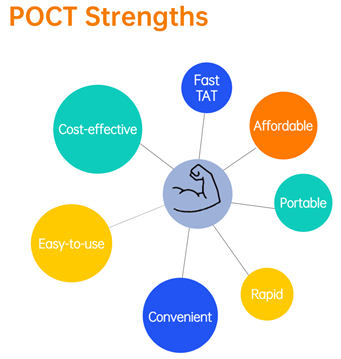
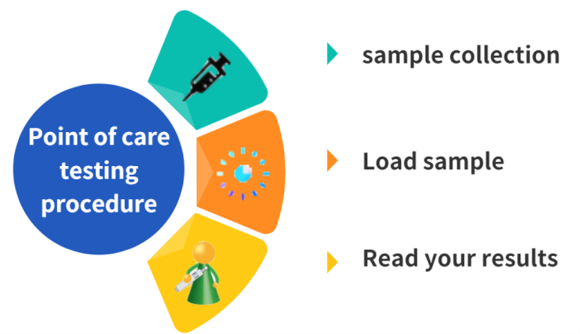
Looking into the future.
POCT has the potential to reduce global health care costs. The highest demand at present is for developing POCT platforms for resource-limited settings. One of the major challenges is to translate research in the POCT area into affordable products that are available at the periphery of the health care system. Intensive efforts would be required to convert the prototypes into highly reproducible POCT platforms with better performance and cost-effectiveness after scaling up.
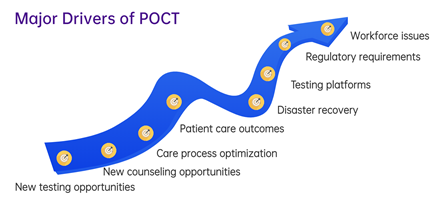
BIOTIME as POCT manufacturer
As a high-tech enterprise specializing in developing, manufacturing, and trading POCT in vitro diagnostic reagents. We build revolutionary products in diagnostics, medical devices that serve you, your family, and your community to lead healthy lives. Our devices and reagents are developed with the aim, which is “Fast is fine, but Accuracy is everything”. Numerous master's and doctoral candidates who have an international background are part of our outstanding team of scientists. Our every product has been built with a Trend-tracking function which provides nurses, physicians, respiratory, and therapists, to be able to trace their patients’ history results and treat them efficiently. We provide constant training programs for our devices, reagents, and even engineering abilities to well inform end-users.
Reference
Antonelli, M. L.; Spadaro, C.; Tomelli, R. F. A Microcalorimetric Sensor for Food and Cosmetic Analyses: L-Malic Acid Determination. Talanta. 2008, 74 (5), 1450– 1454.
American Association for Clinical Chemistry. Point-of-care Testing. American Association for Clinical Chemistry: Washington (DC), 2004.
Russo A , Minichini C, Starace M, Astorri R, Calò F, Coppola N Current Status of Laboratory Diagnosis for COVID-19: A Narrative Review 3 August 2020 Volume 2020:13 Pages 2657—2665
Ehrmeyer, S. S.; Laessig, R. H. Point-of-Care Testing, Medical Error, and Patient Safety: A 2007 Assessment. Clin. Chem. Lab. Med. 2007, 45 (6), 766–773.
Pai, N. P.; Vadnais, C.; Denkinger, C.; et al. Point-of-Care Testing for Infectious Diseases: Diversity, Complexity, and Barriers in Low- and Middle-Income Countries. PLoS Med. 2012, 9 (9), e1001306.
The, P. M. E. Speed and Convenience Aren’t Everything with Diagnostics. PLoS Med. 2011, 8 (10), e1001113.
Lai S, Wang S, Luo J, Lee LJ, Yang S-T, Madou MJ (2004) Design of a compact disk-like microfluidic platform for enzyme-linked immunosorbent assay. Anal Chem 76:1832–1837
Pruslin FH, To SE, Winston R, Rodman TC (1991) Caveats and suggestions for the ELISA. J Immunol Methods 137:27–35
Mikulskis A, Yeung D, Subramanyam M, Amaravadi L (2011) Solution ELISA as a platform of choice for the development of robust, drug-tolerant immunogenicity assays in support of drug development. J Immunol Methods 365:38–49
Satija J, Punjabi N, Mishra D, Mukherji S (2016) Plasmonic-ELISA: expanding horizons. RSC Advances 6:85440–85456
Urdea M, Penny LA, Olmsted SS, Giovanni MY, Kaspar P, Shepherd A, et al (2006) Requirements for high impact diagnostics in the developing world. Nature 444:73–79